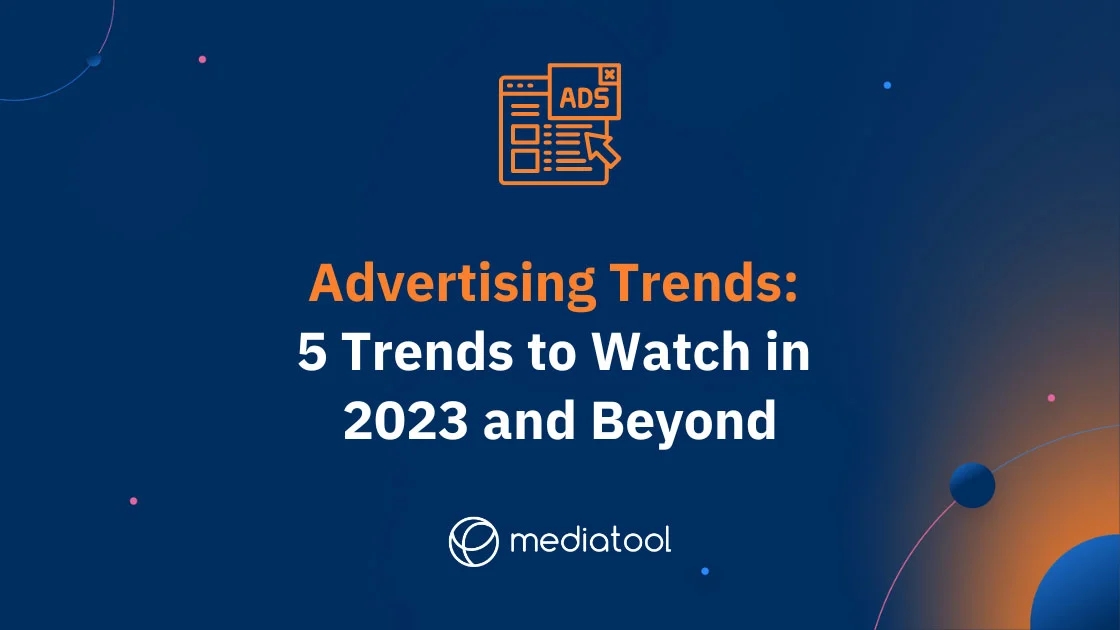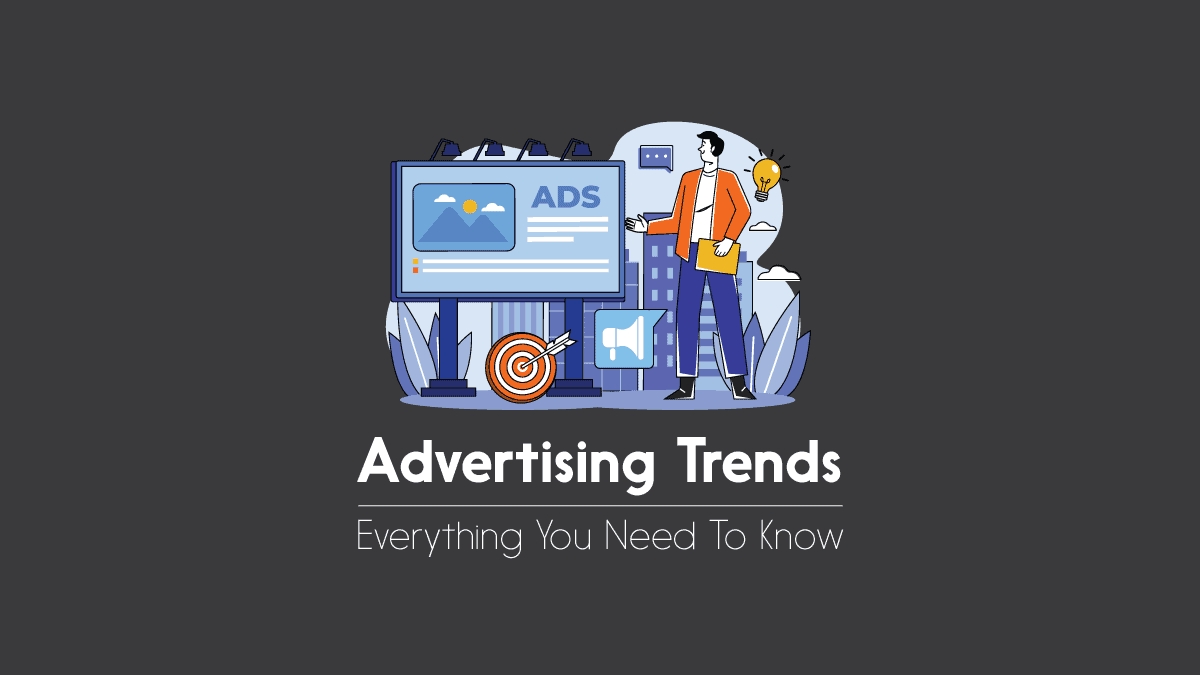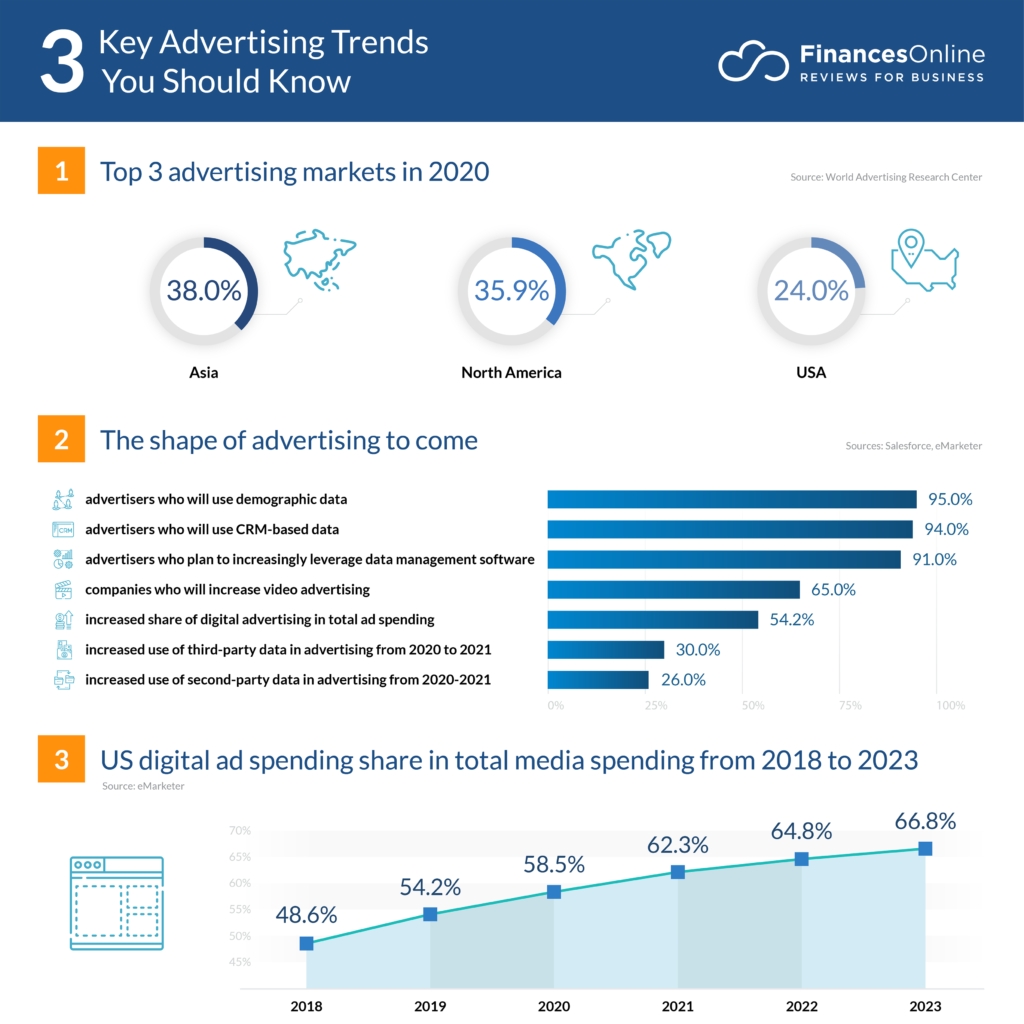Paving the Way for the Future
Buy CPC Traffic | Buy Display Ads | Exclusive traffic sources | Buy Push Ads | Popunder ADS | Buy Native Ads | Buy Preroll Ads

Buy CPC Traffic | Buy Display Ads | Exclusive traffic sources | Buy Push Ads | Popunder ADS | Buy Native Ads | Buy Preroll Ads
In today's fast-paced digital world, the advertising landscape is constantly evolving. One advertising format that has seen significant growth and innovation in recent years is pop ads. These eye-catching and attention-grabbing ads have revolutionized the way brands reach their target audience. As technology continues to advance, the future of pop ads advertising looks promising, with new innovations and trends on the horizon.
One of the key innovations in pop ads advertising is the use of targeting and personalization. Advertisers are now able to deliver ads that are tailored to the interests and preferences of individual users. Through the use of algorithms and data analysis, pop ads can be displayed to users who are most likely to engage with the content. This level of targeting not only improves the user experience but also increases the effectiveness of the ads, resulting in higher click-through rates and conversions.
Another trend that is shaping the future of pop ads advertising is the integration of interactive and immersive elements. Gone are the days of static and passive ads. Advertisers are now exploring ways to create interactive experiences that captivate the audience and keep them engaged. This can include features such as swipeable galleries, mini-games, or quizzes. By making the ads more interactive, brands can create a more memorable and enjoyable experience for users, increasing the chances of them taking action.
Furthermore, the future of pop ads advertising is also influenced by advancements in ad-blocking technology. As more users opt to install ad blockers on their devices, advertisers need to find alternative ways to reach their audience. This has led to the development of native pop ads, which blend seamlessly with the content on websites and apps. By adopting a more native approach, brands can bypass ad-blocking software and ensure their message reaches the intended audience.
In conclusion, the future of pop ads advertising is bright and full of opportunities. With advancements in targeting and personalization, the integration of interactive and immersive elements, and the rise of native pop ads, brands have more ways than ever to connect with their audience. As technology continues to evolve, it will be fascinating to see how pop ads advertising continues to develop and shape the advertising landscape.
Interactive and Engaging Pop Ads

As pop ads continue to evolve and adapt to changing consumer behavior, a major trend that has emerged is the focus on creating interactive and engaging experiences. With the rise of ad-blockers and the growing demand for non-intrusive advertising, brands are shifting towards pop ads that capture the attention of users while providing value.
Interactive pop ads utilize various elements to engage users and encourage their active participation. For example, some ads include interactive quizzes or games that allow users to interact with the brand's message in a fun and entertaining way. These types of ads not only capture attention, but also provide an opportunity for brands to gather data and insights about their audience.
Engaging pop ads, on the other hand, create an emotional connection with users by using compelling visual imagery, captivating storytelling, or personalized messaging. These ads often aim to evoke curiosity, excitement, or a sense of urgency, motivating users to take action. By creating an emotional connection, brands can leave a lasting impression on users and increase the likelihood of conversions.
One example of an interactive and engaging pop ad is the use of interactive video ads. These ads allow users to click and choose different paths within the video, creating a personalized and immersive experience. This type of ad not only captures attention, but also provides users with a sense of control and involvement in the ad experience.
In conclusion, interactive and engaging pop ads are becoming increasingly important in the future of advertising. By leveraging interactive elements and creating emotional connections with users, brands can capture attention, drive engagement, and ultimately achieve their marketing objectives.
Personalization and Targeting
Personalization and targeting are two key components of the future of pop ads advertising. These techniques allow advertisers to deliver more relevant and tailored content to their target audiences, increasing the chances of engagement and conversion.
With the advancements in technology and the abundance of data available, advertisers can now create highly personalized pop ads campaigns. They can collect data about users' demographics, interests, and browsing behavior to deliver ads that are more likely to resonate with them.
Benefits of Personalization and Targeting

Higher click-through rates: Personalized pop ads are more likely to catch users' attention and drive them to click on the ad.
Better user experience: By showing ads that are relevant and valuable to users, advertisers can enhance the overall user experience.
Increased conversion rates: When pop ads are personalized and targeted, they are more likely to convert users into customers, leading to higher conversion rates.
Cost-efficiency: Targeted ads allow advertisers to allocate their resources more effectively, as they are reaching a specific audience with a higher probability of conversion.
Techniques for Personalization and Targeting

There are several techniques that advertisers can use to implement personalization and targeting in their pop ads campaigns:
Behavioral targeting: Advertisers can track users' online behavior, such as their browsing history and previous interactions with the website, to deliver ads that align with their interests and preferences.
Contextual targeting: By analyzing the content of the webpage and the context in which the ad will be displayed, advertisers can ensure that their pop ads are relevant to the users' current interests and needs.
Geographic targeting: Advertisers can target their pop ads based on users' geographic location, allowing them to deliver location-specific offers and promotions.
Retargeting: This technique involves showing pop ads to users who have previously visited the advertiser's website or interacted with their brand, reminding them of their interest and increasing the likelihood of conversion.
Demographic targeting: Advertisers can target their pop ads based on users' demographic information, such as age, gender, or income level, to deliver content that is tailored to their specific characteristics and preferences.
As technology continues to evolve, personalization and targeting will play an even more significant role in the future of pop ads advertising. Advertisers need to adapt to these trends to stay relevant and maximize their advertising efforts.
Integration with AI and Machine Learning
As the advertising industry evolves, the integration of AI (Artificial Intelligence) and machine learning into pop ads advertising is becoming more prevalent. These technologies offer new opportunities for advertisers to target their audiences more effectively and deliver personalized, relevant content.
Improved Audience Targeting

AI and machine learning algorithms can analyze massive amounts of data to identify patterns and trends in user behavior. This allows advertisers to target specific demographics and interests with greater precision. By analyzing a user's browsing habits, search history, and social media activity, AI-powered pop ads can reach users who are most likely to engage with the content.
For example, an AI-powered pop ad platform could use machine learning to analyze a user's online shopping history and serve them ads for products or services they are likely to be interested in. This level of personalization can significantly increase the effectiveness of pop ads and improve the overall user experience.
Real-time Optimization

AI and machine learning algorithms can also optimize pop ads in real time based on user engagement and feedback. Advertisers can use these technologies to automatically adjust targeting parameters, ad placement, and content to maximize conversions and engagement.
For instance, if a pop ad is not generating many clicks or conversions, an AI-powered platform can automatically analyze the data and make adjustments to improve its performance. This can include changing the ad's design, targeting different keywords, or adjusting the timing and frequency of the ad.
Fraud Detection and Prevention

AI and machine learning can also help prevent ad fraud by analyzing patterns and detecting suspicious behavior. Ad fraud has been a significant issue for online advertising, with billions of dollars wasted on fake or low-quality clicks.
With AI-powered pop ads, advertisers can leverage machine learning algorithms to identify and block fraudulent clicks and impressions. This can help ensure that advertisers only pay for genuine traffic and improve the overall ROI of their pop ad campaigns.
In conclusion, the integration of AI and machine learning into pop ads advertising offers exciting possibilities for improved audience targeting, real-time optimization, and fraud prevention. Advertisers who embrace these technologies can benefit from more effective campaigns, higher user engagement, and better ROI.
Native and Contextual Pop Ads

As the advertising landscape continues to evolve, native and contextual pop ads are emerging as innovative ways to reach and engage with audiences. These forms of pop ads provide a seamless user experience by integrating advertisements into the content and context of the website or app.
Native pop ads are designed to match the look and feel of the surrounding content, making them appear more natural and less intrusive. By blending into the overall design and layout, these ads have a higher chance of being noticed and clicked on by users. Native pop ads can be served in various formats, such as articles, videos, or sponsored content, delivering relevant messages to the audience.
Contextual pop ads take personalization a step further by targeting users based on their behavior and interests. These ads leverage data about the user's browsing history, search queries, and social media engagement to deliver targeted advertisements. By displaying ads that align with the user's interests and preferences, contextual pop ads increase the likelihood of capturing their attention and driving conversions.
The Benefits of Native and Contextual Pop Ads
Native and contextual pop ads offer several advantages for advertisers:
Higher Engagement: By integrating into the user's browsing experience, native and contextual pop ads can captivate attention and generate higher engagement rates.
Enhanced User Experience: These ads blend seamlessly into the content, enhancing the user experience by providing relevant and valuable information.
Increased Relevance: Native and contextual pop ads are tailored to the user's interests, making them more relevant and likely to convert.
Improved Ad Blocking Resistance: With the rise of ad blockers, native and contextual pop ads are less likely to be blocked, ensuring maximum reach for advertisers.
Future Trends

The future of native and contextual pop ads is promising, with several trends driving their evolution:
Programmatic Advertising: The use of programmatic technology enables seamless ad placements and real-time bidding, optimizing the delivery of native and contextual pop ads.
Mobile Optimization: As mobile usage continues to increase, optimizing native and contextual pop ads for mobile devices will be essential for reaching and engaging with users.
Data-driven Personalization: Leveraging advanced data analytics and AI algorithms, advertisers can deliver even more personalized and targeted native and contextual pop ads.
In conclusion, native and contextual pop ads offer a valuable way for advertisers to engage with audiences in an unobtrusive and effective manner. As technology continues to advance, these forms of advertising will likely become even more sophisticated and personalized, delivering targeted messages that resonate with users.
Cross-Platform Pop Ads Campaigns
In the ever-evolving landscape of digital advertising, cross-platform campaigns have become a crucial strategy for businesses looking to maximize their reach and engagement. Cross-platform pop ads campaigns allow advertisers to target their audience across multiple devices and platforms simultaneously, ensuring a broader reach and greater visibility.
This approach has gained significant traction in recent years, as more consumers are using a variety of devices and platforms to access content and information. Advertisers recognize the need to adapt their strategies to these changing consumer behaviors, and cross-platform pop ads campaigns have emerged as a powerful solution.
By leveraging the versatility of pop ads, advertisers can dynamically engage with their target audience as they navigate through different platforms. Pop ads can appear as small windows, often in the form of native windows that seamlessly blend with the user experience. These ads capture the attention of the users without disrupting their browsing activities, making them an effective and non-intrusive advertising format.
The key advantage of cross-platform pop ads campaigns is the ability to create a consistent and unified brand experience across devices and platforms. Advertisers can maintain a seamless message and design, ensuring that their ads align with their overall brand and marketing strategies.
Another benefit of this approach is the ability to optimize campaigns based on user behavior and data collected from various platforms. By analyzing user engagement and conversion rates across different devices, advertisers can refine their targeting strategies and optimize their campaigns for better performance.
It's important to note that the success of cross-platform pop ads campaigns relies heavily on understanding the unique requirements and characteristics of each platform. Advertisers must adapt their ads to fit the specifications and limitations of different devices and platforms, ensuring a seamless and optimized user experience.
In conclusion, cross-platform pop ads campaigns offer an innovative and effective way for advertisers to maximize their reach and engagement. By targeting audiences across multiple devices and platforms, advertisers can create a consistent brand experience and optimize their campaigns for better results. To learn more about native traffic and how it can enhance your pop ads campaigns, visit what is native traffic.
What are some of the innovations in pop ads advertising?
Some of the innovations in pop ads advertising include the use of AI and machine learning to better target and personalize ads, the integration of interactive elements such as quizzes and games into pop ads, and the use of virtual reality and augmented reality to create immersive ad experiences.
How can AI and machine learning improve pop ads advertising?
AI and machine learning can improve pop ads advertising by analyzing vast amounts of data to identify patterns and trends, and then using this information to create more targeted and personalized ads. This can result in higher conversion rates and a better return on investment for advertisers.
What are some examples of interactive elements in pop ads advertising?
Some examples of interactive elements in pop ads advertising are quizzes, games, polls, and surveys. These elements engage viewers and encourage them to interact with the ad, increasing brand awareness and creating a more memorable ad experience.
How can virtual reality and augmented reality be used in pop ads advertising?
Virtual reality and augmented reality can be used in pop ads advertising to create immersive ad experiences. For example, a pop ad could allow users to virtually try on clothes or test drive a car. This can give consumers a better sense of the product and increase their likelihood of making a purchase.
What are some trends to watch in pop ads advertising?
Some trends to watch in pop ads advertising include the rise of native pop ads, which blend seamlessly with the content of a website or app, the use of influencer marketing in pop ads, and the increasing focus on ethical advertising practices, such as providing explicit opt-in options for pop ads and respecting user privacy.
How do pop ads work?
Pop ads work by opening a new browser window or tab in the background or foreground of a user's screen when they visit a website. These ads are triggered by different actions, such as clicking on a link or button, hovering over an element, or spending a certain amount of time on a page. They are designed to catch the user's attention and promote a specific product or service.
What are the main benefits of pop ads advertising?
The main benefits of pop ads advertising include high visibility, cost-effectiveness, and targeting options. Pop ads are hard to miss as they appear in the foreground or background of a user's screen. They are also cost-effective because advertisers only pay for actual clicks or views. Additionally, pop ads can be highly targeted based on user demographics, interests, and browsing behavior, allowing advertisers to reach their desired audience more effectively.
What are some innovations in pop ads advertising?
Some innovations in pop ads advertising include the use of artificial intelligence for targeting and optimization, interactive elements within the ads, and improved ad-blocking prevention techniques. AI allows advertisers to analyze large amounts of data and make real-time adjustments to optimize ad delivery. Interactive elements, such as quizzes or games, engage users and increase their interaction with the ads. Ad-blocking prevention techniques help bypass ad-blockers and ensure that ads are displayed to users.
Are there any privacy concerns with pop ads advertising?
Yes, there are privacy concerns with pop ads advertising. Since these ads are triggered by user actions or behavior, they rely on collecting and analyzing user data. This data collection can raise concerns about user privacy and the storage and usage of personal information. Advertisers should ensure that they comply with privacy regulations and obtain proper consent from users before collecting their data for advertising purposes.
What are some trends to watch for in the future of pop ads advertising?
Some trends to watch for in the future of pop ads advertising include the integration of virtual reality and augmented reality technologies, personalized and dynamic ad content, and stricter regulations on ad delivery. Virtual reality and augmented reality can enhance user experience by providing immersive and interactive ad content. Personalized and dynamic ad content allows advertisers to tailor their messages based on user preferences and behavior. Stricter regulations on ad delivery may be implemented to address privacy concerns and ensure user consent and transparency.
Buy CPC Traffic | Buy Display Ads | Exclusive traffic sources | Buy Push Ads | Popunder ADS | Buy Native Ads | Buy Preroll Ads
2022-2024 @ The Future of Pop Ads Advertising: Innovations and Trends to Watch